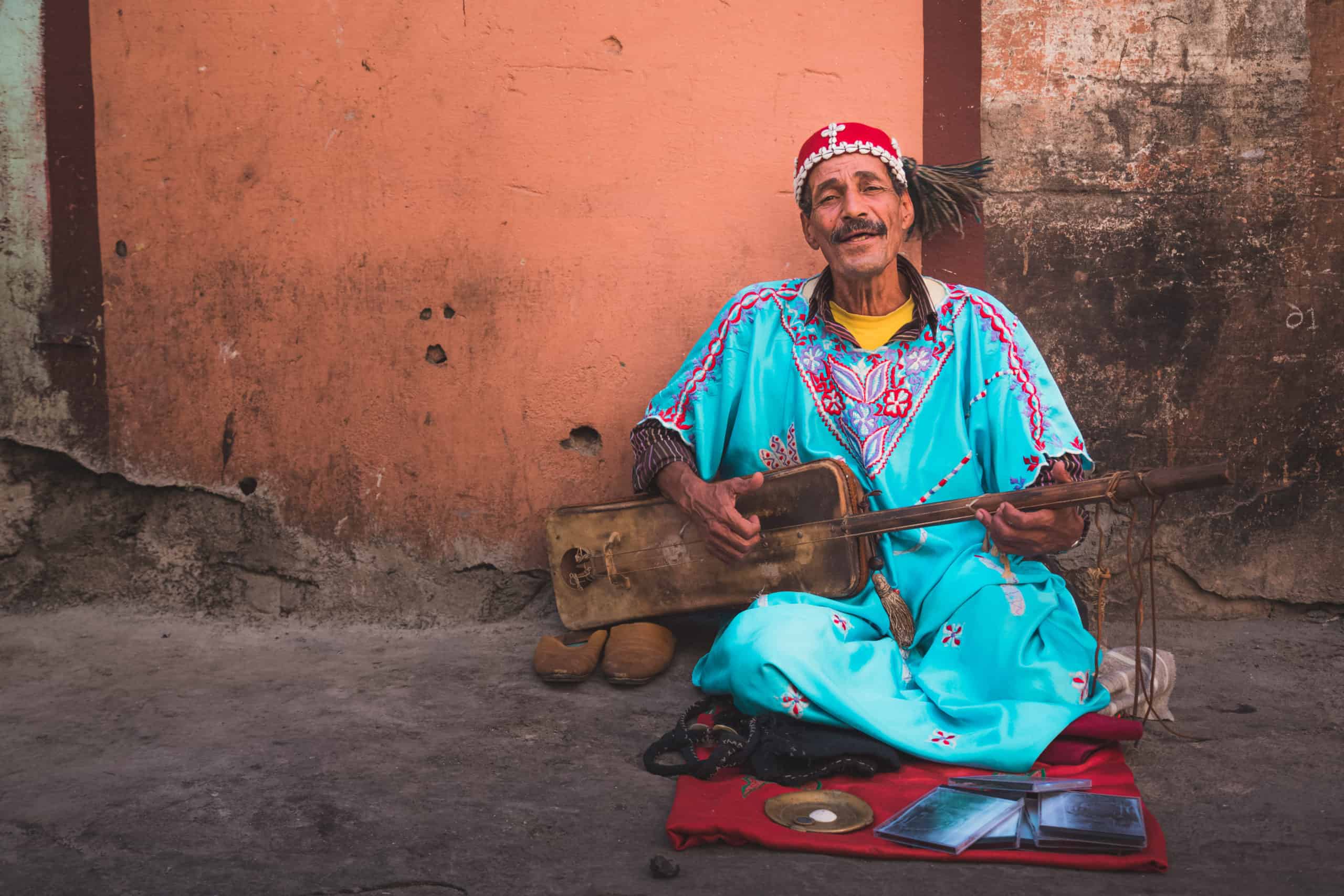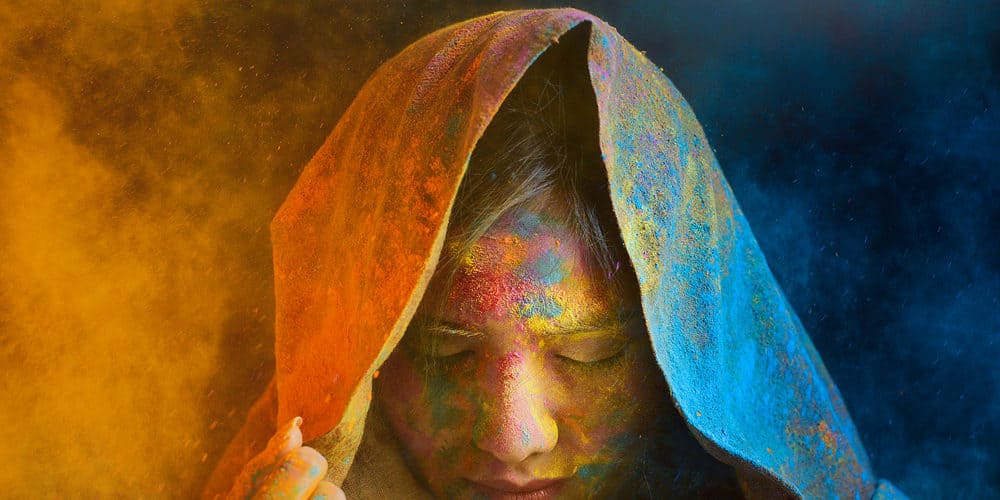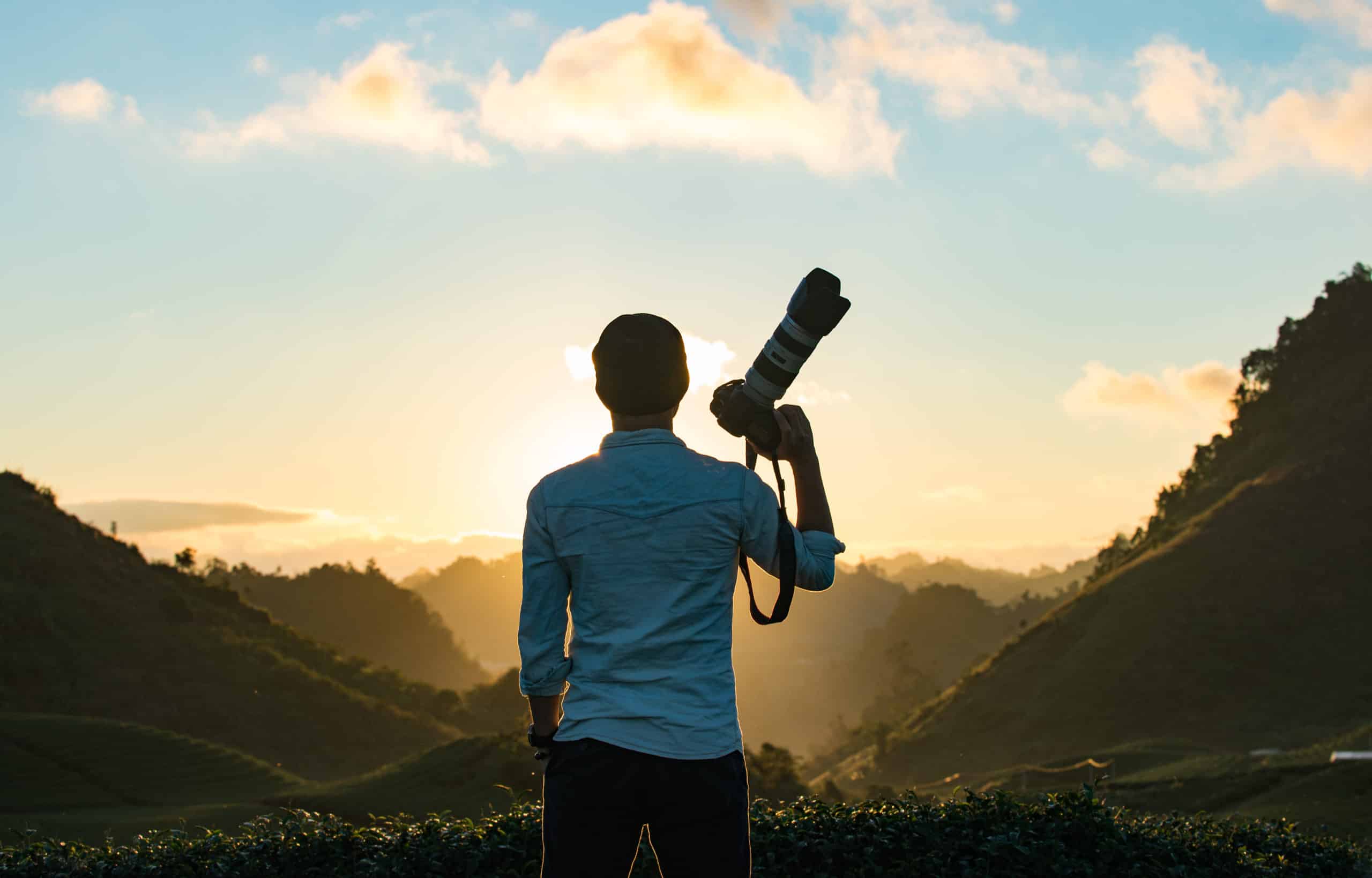Photography is significant not just because it is a work of art but also because it is one of the most powerful tools for shaping our views and influencing our behavior.
Time, or the rate of motion, was a driving factor in the evolution of photography. All cultures have spent countless years painstakingly representing historical characters and events through art. Paintings like these were discovered in caves where prehistoric people once lived. Time-consuming sketching and painting processes were used to create some of the most costly and beautiful works of art currently on display in museums and galleries, yet there was a desire to preserve images more rapidly. The public’s warm reception of photography during the next 150 years prompted significant technological advancements that made the process more efficient and the result more pleasing. People would get their favorite photos blown up, framed, and displayed with pride.
Photography’s primary function has been as a reliable recorder of historical events for as long as the medium has existed. It’s more than just a tool for reporting or making visible; it captures the beauty of what we see and reflects our emotions. Images have emotional and social value, not because of their visual beauty but because they exist and can be viewed. To make meaning of an image, one must first understand the cultural environment in which it was created and the period to which it belonged. No two people, in any culture, at any time, would perceive an image in the same way; a copy will never be as excellent as the original.

Capturing images allows one to express what words cannot, increasing one’s sense of self. Nowadays, everyone keeps a photo diary that not only documents their personal lives but also the evolution of the human species over time. Even if it merely depicts one person’s surroundings, it provides a visual record of common rituals, places, and experiences. Societal change is the transforming potential of photography: the impact of a photograph on the emotions, thoughts, and actions of viewers can be tremendous. It can bring people together and introduce them to new friendships and experiences, but it can also bind us to the past, eliciting feelings of melancholy and longing for crucial people and events we’ve lost.
The impact of photography on cultural transformations
From momentous historical occasions to routine daily happenings, photography has altered the way we recall them all. We must appreciate photography’s impact on culture and historical recollection.
Culture and Precedence
Art is a way of sharing ideas and putting forward one’s perspective on the world. For millennia, the arts have provided people with a way to express themselves that goes beyond words. How did you find out about the moon landing or the fall of ancient civilizations? Historical sources such as photographs and written records can serve this function well. Thus, modern philosophers and historians are more able to include photography in their work. It helps establish facts by reminding us of countless former settings and providing a benchmark for evaluating the present.

The field of Science and Technology
Photographs have proven to be a valuable resource for scientists studying the natural world. Initially, cameras were used to display photos of individuals from various civilizations, newly discovered plants and animals, and information gathered during expeditions. From the first film cameras to the most cutting-edge digital equipment currently accessible, photography has seen a remarkable evolution over time. The increasing prevalence of color displays in mobile devices such as smartphones, as compared to their black-and-white predecessors, is indicative of technological advancement. The widespread adoption of clean energy technology, such as those employed in the electrical industry, may be aided by the use of photographs that highlight the promise of these innovations without highlighting their possible environmental impact. Without this, it will be far harder to convince customers to adopt new technologies.
Heritage and Traditions
Using photographs to document our past has been a smart move. The pervasiveness of modernity in today’s culture means that many historic cultural practices can only be experienced through photographs. By looking at historical artifacts in images, they can have a better understanding of their history and the histories of other peoples.
In conclusion
Photography enhances every facet of human existence. It’s a great approach to ensuring that future generations have access to important documents and artifacts from the past. It’s also a good resource for visually representing different theoretical ideas. Photography is the only medium that adequately conveys this essential fact about human civilization and our shared humanity with unique characteristics.
Photo: MinhHue/Shutterstock
You might also like:
Support us!
All your donations will be used to pay the magazine’s journalists and to support the ongoing costs of maintaining the site.
Share this post
Interested in co-operating with us?
We are open to co-operation from writers and businesses alike. You can reach us on our email at [email protected]/[email protected] and we will get back to you as quick as we can.









